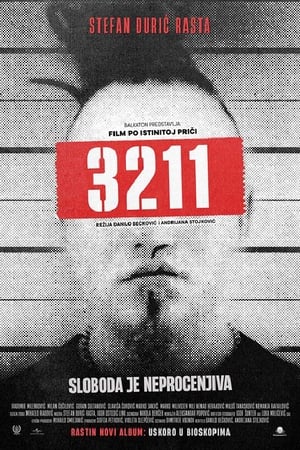
The Unidentified(2015)
Their battle was a crime. They remain unpunished
The Unidentified is a feature-length documentary which reveals who were the commanders responsible for some of the most brutal attacks of the Kosovo war. The result of a two-year-long investigation, the documentary names the officers who ordered attacks on villages in the area around the town of Pec during the 1999 war and those who were involved in the removal of victims’ bodies to mass graves at the Batajnica police centre near Belgrade in Serbia. Sixteen years after they committed the crimes, they live peacefully in the Serbian capital, and despite the evidence that exists, they have not been prosecuted.
Movie: The Unidentified
Video Trailer The Unidentified
Similar Movies
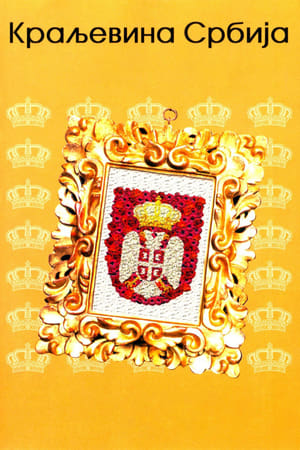 8.0
8.0The Kingdom of Serbia(sr)
A documentary re-enactment of the last few hundred years in Serbian history.
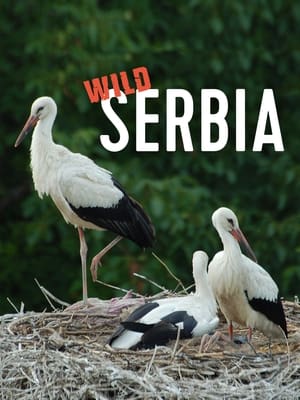 0.0
0.0Wild Serbia(en)
Serbia is located at the crossroads of Central and Southeast Europe, covering the southern part of the Pannonian Plain and the central Balkans. It is also one of Europe’s natural wonders, filled with a rich variety of landscapes and animals.To this day a large number of Serbian people live in close communion with nature, proud of the storks’ nests in the villages, the ancient species of livestock that have been preserved and the vultures that return to make their home here. In many places people are pleased to see bears, lynx and wolves, and even jackals are at home in the forests of Serbia. This documentary presents Serbia's breath-taking, picturesque regions and unique wildlife on a journey to the most beautiful and wildest areas of the Balkan Peninsula.
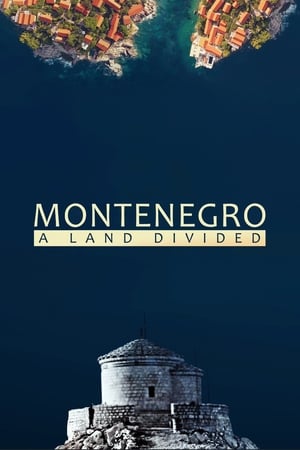 6.0
6.0Montenegro: A Land Divided(sr)
Montenegro is the newest European country with a proud history, one that is being falsified for current political purposes, thus creating an alternative identity. In a nation where it possible for two brothers to claim different ethnic backgrounds despite having the same parents, everything is on the table: language, church, democracy. Can the truth set Montenegro free?
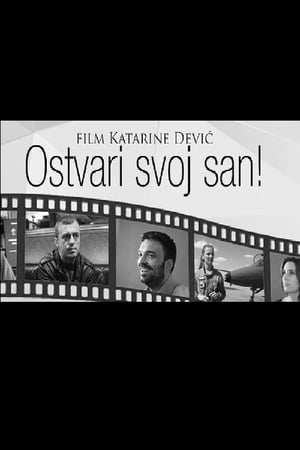 3.0
3.0Make It Happen(sr)
The film features intertwined scenes of young dance troupes' performances and scenes where famous Serbian actors, artists and athletes speak out to young people, in order to inspire them to by their own example to chase after and fulfill their lives' dreams. The 34 minute long film is fast paced and shows different types of dances at several key locations in Belgrade, Serbia. The performances are cut by the interviews with the artists and athletes, addressing the viewer, who talk about their beginnings and the road to success. The third segment of the film are young people, transitioning into adulthood, who talk about what their own dreams are. The idea that the film "Fulfill your dream!" carries is to show young people, through the movie itself, through the testimonies of successful artists and athletes, and finally through the example of the author, that it is possible to start an independent career, thanks to their creativity, ambition and perseverance.
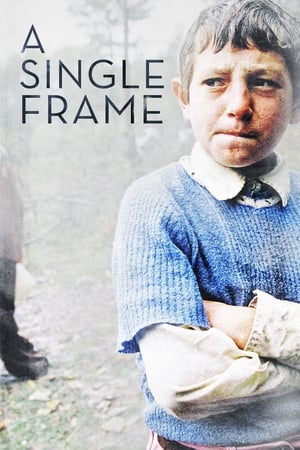 0.0
0.0A Single Frame(en)
The journey of A SINGLE FRAME weaves an exploration of the impact of photography from both sides of the shutter. The fascinating post-war culture of Kosovo serves as backdrop.
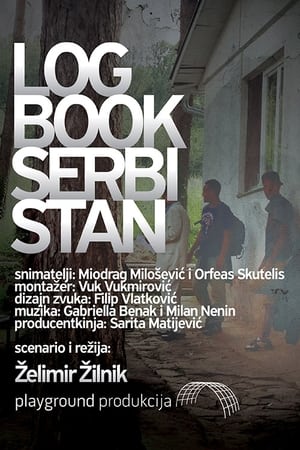 5.2
5.2Logbook_Serbistan(sr)
Illegal immigrants and asylum seekers in Serbia, placed in asylum centers after their dramatic journeys from war-torn and poverty-stricken areas of North Africa, Near and Middle East go through a period of adaptation to life and social circumstances in Serbia. In most cases, however, their goal is to reach one of the EU countries. Docu-drama is a space for them to, beside the socio-political context in which they found themselves, show their individual values, becoming heroes that viewers can identify with and whose destiny and struggle they can understand.
Sonja(sr)
This documentary was inspired by the artistic life of Serbian actress Sonja Savić. Being a wonder child, a star of Yugoslavian cinematography, a sex symbol, and urban legend of the eighties generation, a fighter against establishment, Sonja Savić had always attracted attention. Simply put, she always looked, spoke and thought differently from others, she was entirely autonomous, an authentic phenomenon of Serbian culture. In the documentary SONJA, friends and colleagues of Sonja Savić testify on many aspects of her life and work, and a special emphasis is put on Sonja’s libertarian, rebellious, Don Quixote type of nature.
Who Is This Kusturica?(ru)
Emir Kusturica views himself as a rock musician and believes that he became a world-famous filmmaker by pure chance, as he shoots his movies only in between concert tours with the “No Smoking Orchestra” band. At these little pinpoints of time he gets “Palms d’Or” at Cannes, “Golden Lions” in Venice, builds his own villages, a power plant and a piste and regrets not becoming a professional football player. Kusturica’s own living is very much similar to his movies, where shoes are polished with cats, death is treated like a story from tabloid press, and life is a miracle...
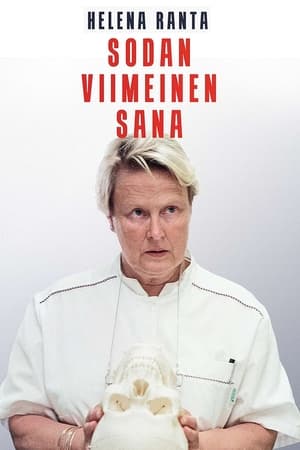 0.0
0.0Fragments of Humanity(fi)
In the Kosovo War, human dignity was shattered by the terrors of the Serbian government and the Albanian liberation army. Truths about the victims’ fates faded away, which is why a Finnish forensic research group led by Helena Ranta got a mission to act as an unbiased agent and investigate the real course of events.
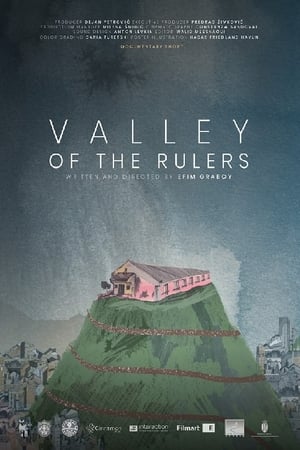 0.0
0.0Valley of the Rulers(he)
A poetic and metaphysical view on a daily life routine in a distant nursing home, on a top of the mountain in Uzice, Serbia – the closest place to heaven. This is the last station on earth for old people that called “clients”. While they’re waiting for the end of their lives, prisoned in a desolate nursing home and their old-dying body, they are fighting for the freedom of their soul, the only place they can feel young and alive. A fight between light and darkness, suffering and acceptance, life and death.
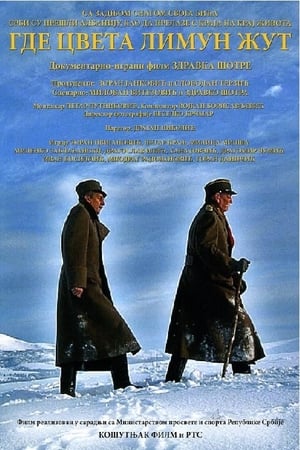 6.0
6.0Where the Yellow Lemon Blooms(sr)
By the end of 1915, during the second half of World War I, which had started by the Austro-Hungarian Empire's attack on a small Kingdom of Serbia, Serbian people, its army, and the state found themselves in the greatest tribulation in its long history. Serbia is attacked by the combined militaries of Austro-Hungarian Empire, Germany, and Bulgaria. Defending every road, every hill, every creek, during the time when every village, every plato, every crossing was becoming a historical landmark, Serbia, relying on the Allies, moved its people, its government, and its remaining troops to Kosovo--the only unoccupied part of the Serbian territory, but soon had to cross Albania in the hopes of reaching the Allies' ships in the Mediteranian.
The Calvary of Serbia(sh)
Still regarded as the best Serbian documentary film account of WW1 ever, it gathers all the available footage of Serbia's army, its battles on the home ground, its refuge on the island of Corfu, its victorious offensive on the Thessaloniki Front and the return to the homeland. The original documentary footage from 1915–1918 was somewhat supplemented in a small measure with some staged reenactments of Serbian army retreating over Albania, and later liberation of Belgrade. The first version of this documentary epic was shown in 1930 under the title "For the Honour of Homeland". Andrija Glisic and Zarija Djokic later made a new sound version of the previous silent movie and renamed it "Fire Over the Balkans".
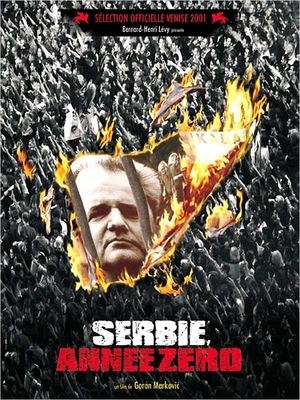 3.5
3.5Serbia, Year Zero(fr)
Documentary that follows events after the fall of Slobodan Milosevic, while looking back on the previous fifteen years, tracing his rise to power. Personal testimony alternates with analysis of a disintegrating society.
The Agreement(da)
'History is always made in the middle of the night. And when it happens, you are so damned tired, that you couldn't care less,' says Robert Cooper, an EU peace negotiator whose job it is to get Serbia and Kosovo to reach an agreement about peaceful coexistence. National pride and compromise are on everyone's lips, and much is at stake: Kosovo wants to come closer to independence, the Serbs have been promised EU membership if they can reach an agreement, and the EU tries to strengthen its credibility. But how far is each party willing to go? It is the unique characters that make this fascinating film about a delicate political game so vivid and loveable. The stoic, Serbian negotiator has a great passion for rock music, his colleague from Kosovo does not want to miss out on his daily visit to the hairdresser, and Cooper himself has a closet full of ties - one for every conceivable occasion.
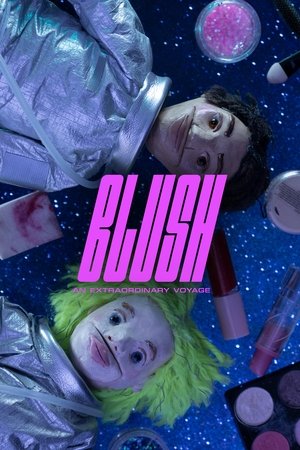 7.7
7.7Blush: An Extraordinary Voyage(fi)
For 18-year-old Finnish–Kosovan Fatu, a simple visit to the grocery store feels as nerve-racking as a lunar expedition: for the first time in his life, he’s wearing makeup in public. Luckily his best friend Rai, a young woman on the spectrum of autism, is there to ferociously support him through the voyage.
Kosovar Diary(en)
Three ordinary people from Serbia go on a journey to Kosovo. A student, an actor and a journalist decide to explore this troubled place for themselves. The camera follows them during their journey and discovers the reality of Kosovo through their eyes. Each of them has different motivations: the journalist writes an article, the photographer takes pictures for an exhibition and the actor records his video diary.
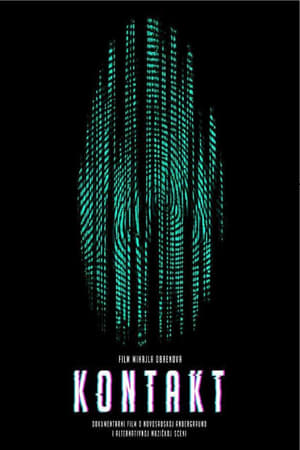 0.0
0.0Contact(sr)
A documentary on alternative music scene of Novi Sad (Serbia) that covers the period between 1989 and 2017.
Tarot Serbia!(sr)
Documentary road movie ‘Tarot Serbia’ is following Milan Radonjić, the star of ‘Commercial Tarot’ on his odyssey through rural, provincial parts of Serbia, where he’s invited to be the guest of honor at local TV stations. On his journey Milan will explore and reveal the characters of people living at the very edge of society, the ones who lost their jobs during transition, refugees from Bosnia and Kosovo, war veterans, invalids, sick people, betrayed lovers, girls possessed by demons, lonely pensioners, exorcists and all other people asking him for help and solution to all their problems.
Stolen Kosovo(cs)
Stolen Kosovo is a Czech language documentary by director Václav Dvořák (b. 1948), about the Serbian–Albanian conflict in Kosovo. The documentary describes the situation, first in a short overview of the history of the area, followed by the 1990s conflicts and bombing of Serbia by NATO forces in 1999 and ending with the situation after the Kosovo War. The documentary focuses on the 1990s in the time of Slobodan Milošević's rule as well as on numerous interviews of Serbian civilians and, less, of Albanian insurgents against the Milošević regime.


